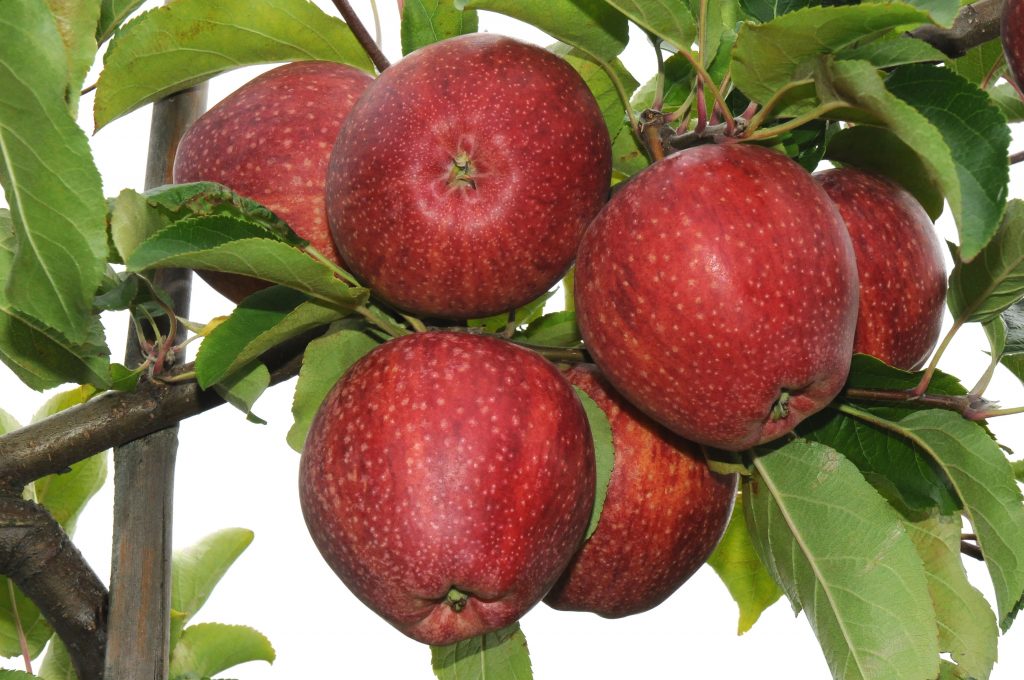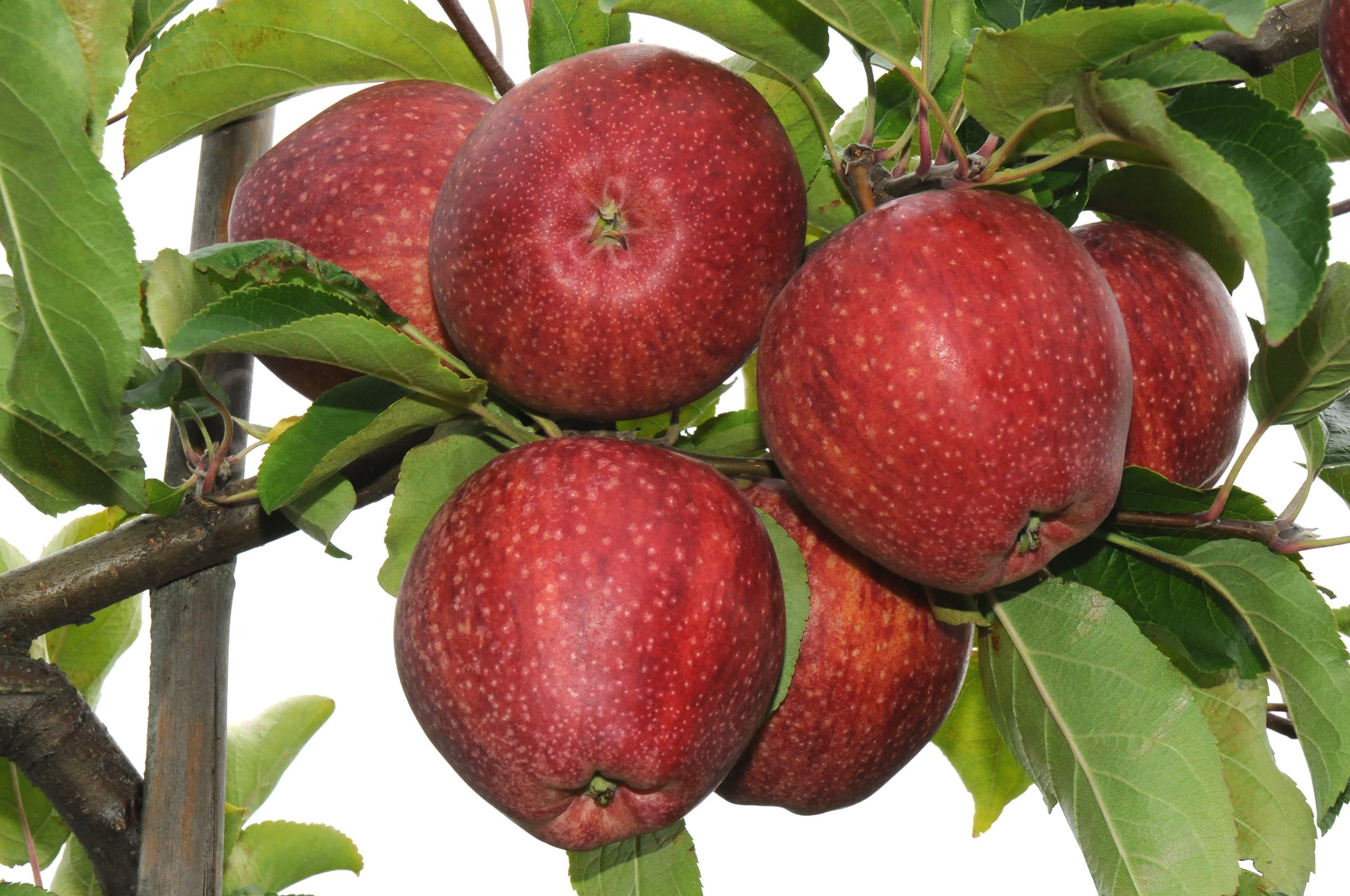WAPA presents annual Southern Hemisphere apple and pear crop forecast
According to the forecast, which consolidates the data from Argentina, Australia, Brazil, Chile, New Zealand, and South Africa, apple production is estimated to increase by 6% in 2021 compared to the previous year, while pear production is projected to stabilise.
The World Apple and Pear Association (WAPA) has released its 2021 apple and pear crop estimate for the Southern Hemisphere. This report has been compiled with the support of ASOEX (Chile), CAFI (Argentina), ABPM (Brazil), Hortgro (South Africa), APAL (Australia) and New Zealand Apples and Pears, and therefore provides consolidated data from the six leading Southern Hemisphere countries. WAPA’s Secretary General Philippe Binard commented on the usefulness of gathering the insights from these major producers: “Elaborating this collective data has previously proved a valuable exercise for the global apple and pear industry and a reliable source of information when the season progressively shifts from the Northern to the Southern Hemisphere.”
Regarding apples, the aggregate Southern Hemisphere 2021 crop forecast suggests an increase of 6% (5 million tons) compared to last year (4.8 million tons), with increases in Australia, Brazil, and South Africa of 23%, 20% and 6% respectively, a decrease in New Zealand of 5%, and stable figures in Argentina and Chile. The aggregate increased by 2% compared to the average of crops between 2018 and 2020. Chile remains the largest Southern Hemisphere apple producer in 2021 with 1.5 million tons, with Brazil in second place (1.1 million tons), followed by South Africa (1 million tons), Argentina (617 million tons), New Zealand (547 million tons), and Australia (271 million tons).
Gala remains the main variety (39%), followed by Fuji (14%) and Red Delicious (13%). Export figures are estimated to stabilise at 1.7 million tons, with stable figures for Chile (650,000 tons), a 4% increase for South Africa (476,000 tons), and a 7% decrease for New Zealand (372,000 tons).Regarding pears, the Southern Hemisphere growers predict a stabilisation of the crop at 1.3 million tons and an increase of 2% compared to the overall average of years 2018-2020. The increase in South Africa, Australia, and Argentina of 3%, 2%, and 1% respectively are expected to compensate for the 3% and the 10% decrease in Chile and New Zealand. As in previous years, Packham’s Triumph and Williams BC/Bartlett are the major varieties, with 36% and 28% respectively. Forecasted export figures for pears are reported to increase by 6% compared to the previous year and reach 709,000 tons, with a 12% increase for Argentina (374,000 tons), a 2% increase for South Africa (214,000 tons), and a 3% decrease for Chile (108,000 tons).




